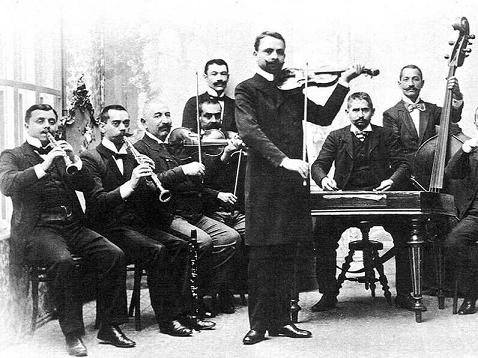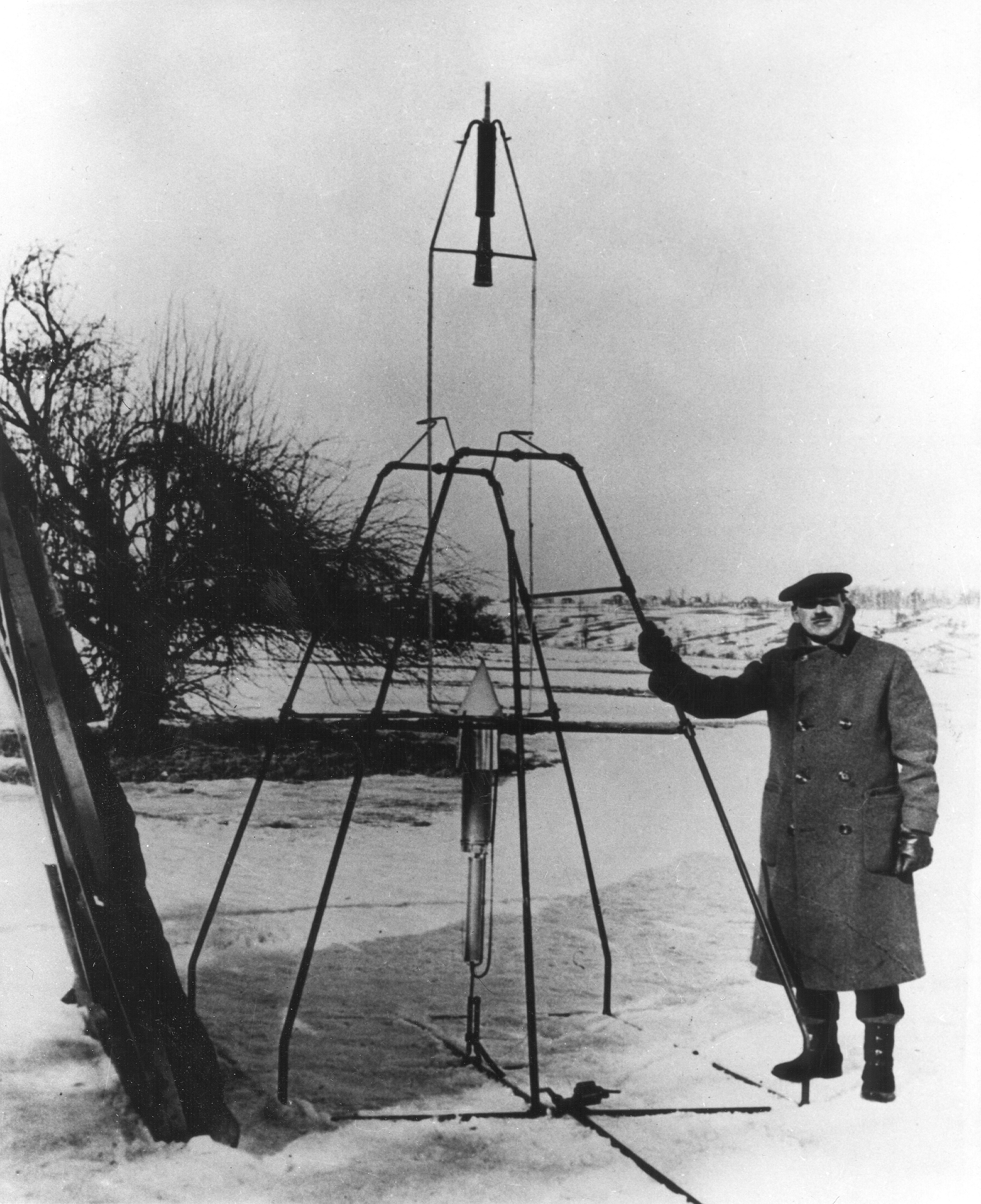|
Menyhért Lakatos
Menyhért Lakatos (April 11, 1926, Vésztő — August 21, 2007, Budapest) was a Romani people in Hungary, Hungarian Romani writer"Lakatos Menyhért" a bio at the Lakatos Menyhért School website, citing Lajos Rácz, ''Roma értelmiségiek arcképcsarnoka'' Since 1988 he was President of the Hungarian Romani Cultural Association (Magyarországi Cigányok Kulturális Szövetsége). His most famous book, ''Füstös képek'' ("Images in Smoke", translated in English as ''The Color of Smoke'') is a novel based on personal experience, set in World War II. It is a ''bildungsroman'' that shows life in a Roma village in Northeast Hungary, from 1940 until the German occupation of the country in 1944 when Porajmos, Roma people were put into death camps. While filled with amusing anecdotes, with a petty criminal ... [...More Info...] [...Related Items...] OR: [Wikipedia] [Google] [Baidu] |
Lakatos Menyhért Plaque Bp03 Füst Milán22
Lakatos () is a Hungarian language, Hungarian surname (meaning locksmith). The surname is especially common among the Romani people, Romani (Gypsy) population. People with the surname include: * Brent Lakatos (born 1980), Canadian athlete * Dominik Lakatoš Czech ice hockey player of Romani origin * Géza Lakatos, a Hungarian general during World War II; briefly served as Prime Minister of Hungary * Imre Lakatos, a philosopher of mathematics and science * Imre Schlosser, Imre Schlosser-Lakatos, Hungarian footballer * Josh Lakatos (born 1973), American target shooter * Menyhért Lakatos Hungarian Romani writer * Pál Lakatos, Hungarian boxer * Roby Lakatos, a Romani violinist from Hungary Hungarian-language surnames Occupational surnames {{Locksmith-surname ... [...More Info...] [...Related Items...] OR: [Wikipedia] [Google] [Baidu] |
Vésztő
Vésztő is a town in Békés county, in the Southern Great Plain region of south-east Hungary. Geography It covers an area of 125.76 km2 and has a population of 6855 people (2015). The town is situated in the Tisza plain. History North of the modern town there is the archaeological site of a Neolithic tell. At its top the medieval Csolt monastery is located. The jewish community In the 19th century, a Jewish community lived in the village. Most of them worked as merchants and later became industrialists. Their non-Jewish neighbors trusted them and some Jews were even elected to the city council and were also active in the town's culture. Relationships with their neighbors were generally good. The community had a Jewish school. The community synagogue was built in 1934 after the previous synagogue was destroyed in a flood. In 1920, 181 Jews lived in the community. In May 1944, after the German army entered Hungary, all the Jews were concentrated in a ghetto that included ... [...More Info...] [...Related Items...] OR: [Wikipedia] [Google] [Baidu] |
Budapest
Budapest is the Capital city, capital and List of cities and towns of Hungary, most populous city of Hungary. It is the List of cities in the European Union by population within city limits, tenth-largest city in the European Union by population within city limits and the List of cities and towns on the river Danube, second-largest city on the river Danube. The estimated population of the city in 2025 is 1,782,240. This includes the city's population and surrounding suburban areas, over a land area of about . Budapest, which is both a List of cities and towns of Hungary, city and Counties of Hungary, municipality, forms the centre of the Budapest metropolitan area, which has an area of and a population of 3,019,479. It is a primate city, constituting 33% of the population of Hungary. The history of Budapest began when an early Celts, Celtic settlement transformed into the Ancient Rome, Roman town of Aquincum, the capital of Pannonia Inferior, Lower Pannonia. The Hungarian p ... [...More Info...] [...Related Items...] OR: [Wikipedia] [Google] [Baidu] |
Romani People In Hungary
Romani people in Hungary (also known as roma or Romani Hungarians; ) are Hungary, Hungarian citizens of Romani people, Romani descent. According to the 2011 census, they comprise 3.18% of the total population, which alone makes them the largest minority in the country, although various estimations have put the number of Romani people as high as 8.8% of the total population. They are sometimes referred as Hungarian Gypsies, but that is sometimes considered to be a list of ethnic slurs, racial slur. History and language Origin The Romani people originate from North India, Northern India, from the northwestern Indian regions of Rajasthan and Punjab. The linguistic evidence has indisputably shown that roots of Romani language lie in India: the language has grammatical characteristics of Indo-Aryan languages and shares with them a big part of the basic lexicon, for example, body parts or daily routines. More exactly, Romani shares the basic lexicon with Hindi and Punjabi language, ... [...More Info...] [...Related Items...] OR: [Wikipedia] [Google] [Baidu] |
Lajos Rácz
Lajos Rácz (born in Budapest 1 July 1952) is a Hungarian wrestling, wrestler. He won an Olympic silver medal in Greco-Roman wrestling in 1980. He won a gold medal at the 1979 World Wrestling Championships. References External links * 1952 births Living people Sport wrestlers from Budapest Olympic wrestlers for Hungary Wrestlers at the 1976 Summer Olympics Wrestlers at the 1980 Summer Olympics Hungarian male sport wrestlers Olympic silver medalists for Hungary Olympic medalists in wrestling Medalists at the 1980 Summer Olympics 20th-century Hungarian sportsmen {{Hungary-wrestling-bio-stub ... [...More Info...] [...Related Items...] OR: [Wikipedia] [Google] [Baidu] |
World War II
World War II or the Second World War (1 September 1939 – 2 September 1945) was a World war, global conflict between two coalitions: the Allies of World War II, Allies and the Axis powers. World War II by country, Nearly all of the world's countries participated, with many nations mobilising all resources in pursuit of total war. Tanks in World War II, Tanks and Air warfare of World War II, aircraft played major roles, enabling the strategic bombing of cities and delivery of the Atomic bombings of Hiroshima and Nagasaki, first and only nuclear weapons ever used in war. World War II is the List of wars by death toll, deadliest conflict in history, causing World War II casualties, the death of 70 to 85 million people, more than half of whom were civilians. Millions died in genocides, including the Holocaust, and by massacres, starvation, and disease. After the Allied victory, Allied-occupied Germany, Germany, Allied-occupied Austria, Austria, Occupation of Japan, Japan, a ... [...More Info...] [...Related Items...] OR: [Wikipedia] [Google] [Baidu] |
Bildungsroman
In literary criticism, a bildungsroman () is a literary genre that focuses on the psychological and moral growth and change of the protagonist from childhood to adulthood (coming of age). The term comes from the German words ('formation' or 'education') and ('novel'). Origin The term was coined in 1819 by Philology, philologist Karl Morgenstern, Johann Karl Simon Morgenstern in his university lectures, and was later famously reprised by Wilhelm Dilthey, who legitimized it in 1870 and popularized it in 1905. The genre is further characterized by a number of formal, topical, and thematic features. The term ''coming-of-age novel'' is sometimes used interchangeably with bildungsroman, but its use is usually wider and less technical. The birth of the bildungsroman is normally dated to the publication of ''Wilhelm Meister's Apprenticeship'' by Johann Wolfgang von Goethe in 1795–96, or, sometimes, to Christoph Martin Wieland's of 1767.Swales, Martin. ''The German Bildungsroman from ... [...More Info...] [...Related Items...] OR: [Wikipedia] [Google] [Baidu] |
Porajmos
The Romani Holocaust was the genocide of European Roma and Sinti people during World War II. Beginning in 1933, Nazi Germany systematically persecuted the European Roma, Sinti and other peoples pejoratively labeled 'Gypsy' through forcible internment and compulsory sterilization. German authorities summarily and arbitrarily subjected Romani people to incarceration, forced labor, deportation and mass murder in concentration and extermination camps. Under Adolf Hitler, a supplementary decree to the Nuremberg Laws was issued on 26 November 1935, classifying the Romani people (or Roma) as "enemies of the race-based state", thereby placing them in the same category as the Jews. Thus, the fate of the Sinti and Roma in Europe paralleled that of the Jews in the Holocaust. Historians estimate that between 220,000 and 1.5 million Romani and Sinti were killed by Nazi Germans and their collaborators. In 1982, West Germany formally recognized that Nazi Germany had committed genocide ... [...More Info...] [...Related Items...] OR: [Wikipedia] [Google] [Baidu] |
Attila József Prize
The Attila József Prize is an annually awarded Hungarian literary prize for excellence in the field of belles-lettres. It was first presented in 1950 in honour of the poet Attila József. Another major Hungarian literary prize is the Kossuth Prize. Prizewinners ''For a complete list of prizewinners see listing at the Hungarian Wikipedia'' :Some notable prizewinners include: * László Németh 1951 * Géza Képes 1952 * Sándor Dallos 1953 *Lajos Áprily 1954 *Magda Szabó 1959 and 1972 *Sándor Csoóri 1954 *István Fekete 1960 * Margit Szécsi 1960 *Endre Illés ( hu) 1963 * Endre Fejes 1963 *Béla Vihar 1966 *Mozes Kahana 1968 *János Pilinszky 1971 *Menyhért Lakatos 1976 * Miklós Szentkuthy 1977 *Ágnes Gergely 1977 and 1987 * Anna Dániel 1983 * Zsuzsa Vathy 1986 * Zsuzsa Rakovszky 1987 *Menyhért Lakatos Menyhért Lakatos (April 11, 1926, Vésztő — August 21, 2007, Budapest) was a Romani people in Hungary, Hungarian Romani writer [...More Info...] [...Related Items...] OR: [Wikipedia] [Google] [Baidu] |
1926 Births
In Turkey, the year technically contained only 352 days. As Friday, December 18, 1926 ''(Julian Calendar)'' was followed by Saturday, January 1, 1927 '' (Gregorian Calendar)''. 13 days were dropped to make the switch. Turkey thus became the last country to officially adopt the Gregorian Calendar, which ended the 344-year calendrical switch around the world that took place in October, 1582 by virtue of the Papal Bull made by Pope Gregory XIII. Events January * January 3 – Theodoros Pangalos declares himself dictator in Greece. * January 8 **Ibn Saud is crowned ruler of the Kingdom of Hejaz. ** Crown Prince Nguyễn Phúc Vĩnh Thuy ascends the throne as Bảo Đại, the last monarch of the Nguyễn dynasty of the Kingdom of Vietnam. * January 16 – A British Broadcasting Company radio play by Ronald Knox about workers' revolution in London causes a panic among those who have not heard the preliminary announcement that it is a satire on broadcasting. * January 21 ... [...More Info...] [...Related Items...] OR: [Wikipedia] [Google] [Baidu] |
2007 Deaths
This is a list of lists of deaths of notable people, organized by year. New deaths articles are added to their respective month (e.g., Deaths in ) and then linked below. 2025 2024 2023 2022 2021 2020 2019 2018 2017 2016 2015 2014 2013 2012 2011 2010 2009 2008 2007 2006 2005 2004 2003 2002 2001 2000 1999 1998 1997 1996 1995 1994 1993 1992 1991 1990 1989 1988 1987 1986 Earlier years ''Deaths in years earlier than this can usually be found in the main articles of the years.'' See also * Lists of deaths by day * Deaths by year (category) {{DEFAULTSORT:deaths by year ... [...More Info...] [...Related Items...] OR: [Wikipedia] [Google] [Baidu] |
Hungarian Writers
Hungarian may refer to: * Hungary, a country in Central Europe * Kingdom of Hungary, state of Hungary, existing between 1000 and 1946 * Hungarians/Magyars, ethnic groups in Hungary * Hungarian algorithm, a polynomial time algorithm for solving the assignment problem * Hungarian language, a Uralic language spoken in Hungary and all neighbouring countries * Hungarian notation, a naming convention in computer programming * Hungarian cuisine Hungarian or Magyar cuisine (Hungarian language, Hungarian: ''Magyar konyha'') is the cuisine characteristic of the nation of Hungary, and its primary ethnic group, the Hungarians, Magyars. Hungarian cuisine has been described as being the P ..., the cuisine of Hungary and the Hungarians See also * * {{disambiguation Language and nationality disambiguation pages ... [...More Info...] [...Related Items...] OR: [Wikipedia] [Google] [Baidu] |




